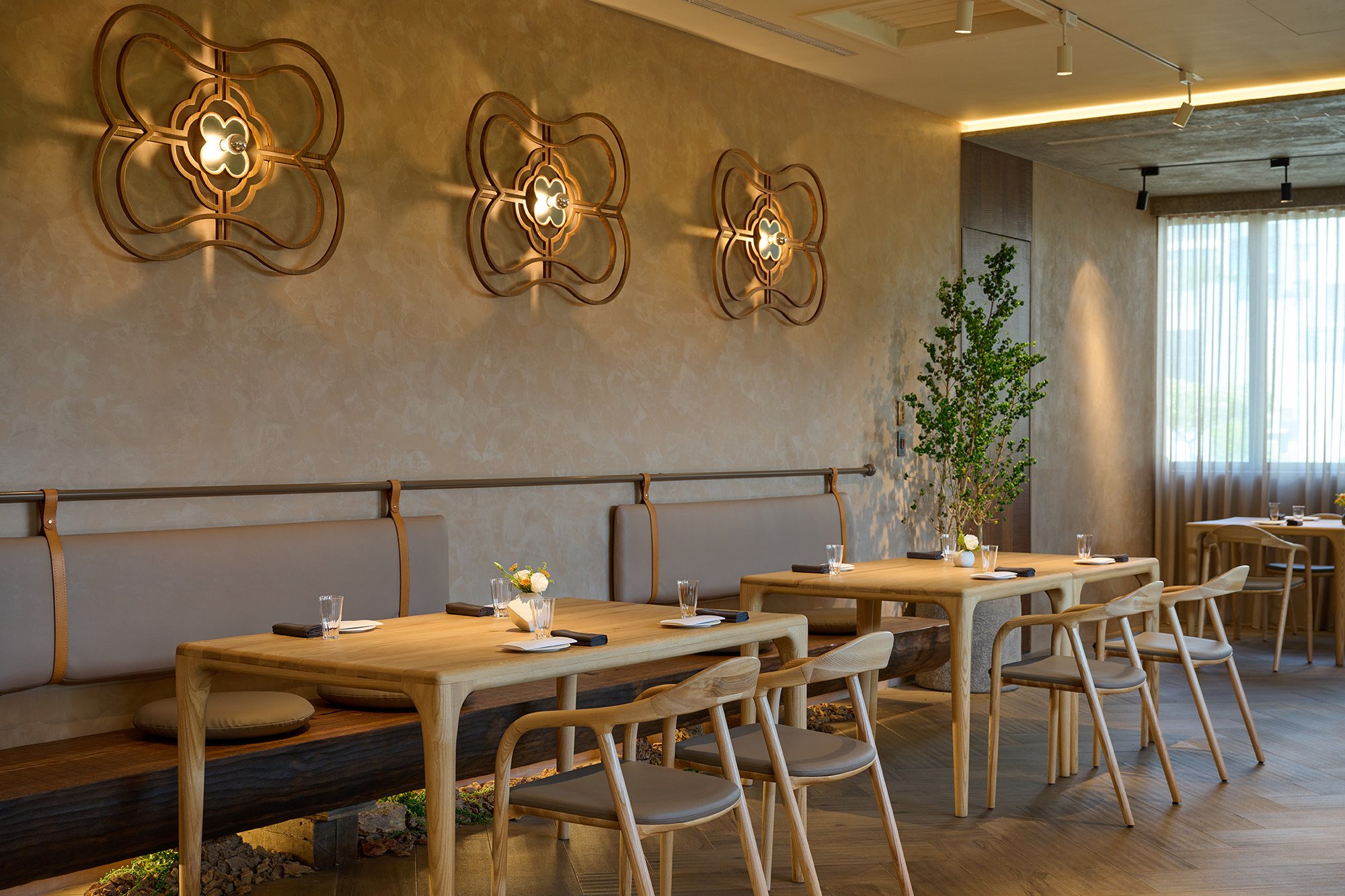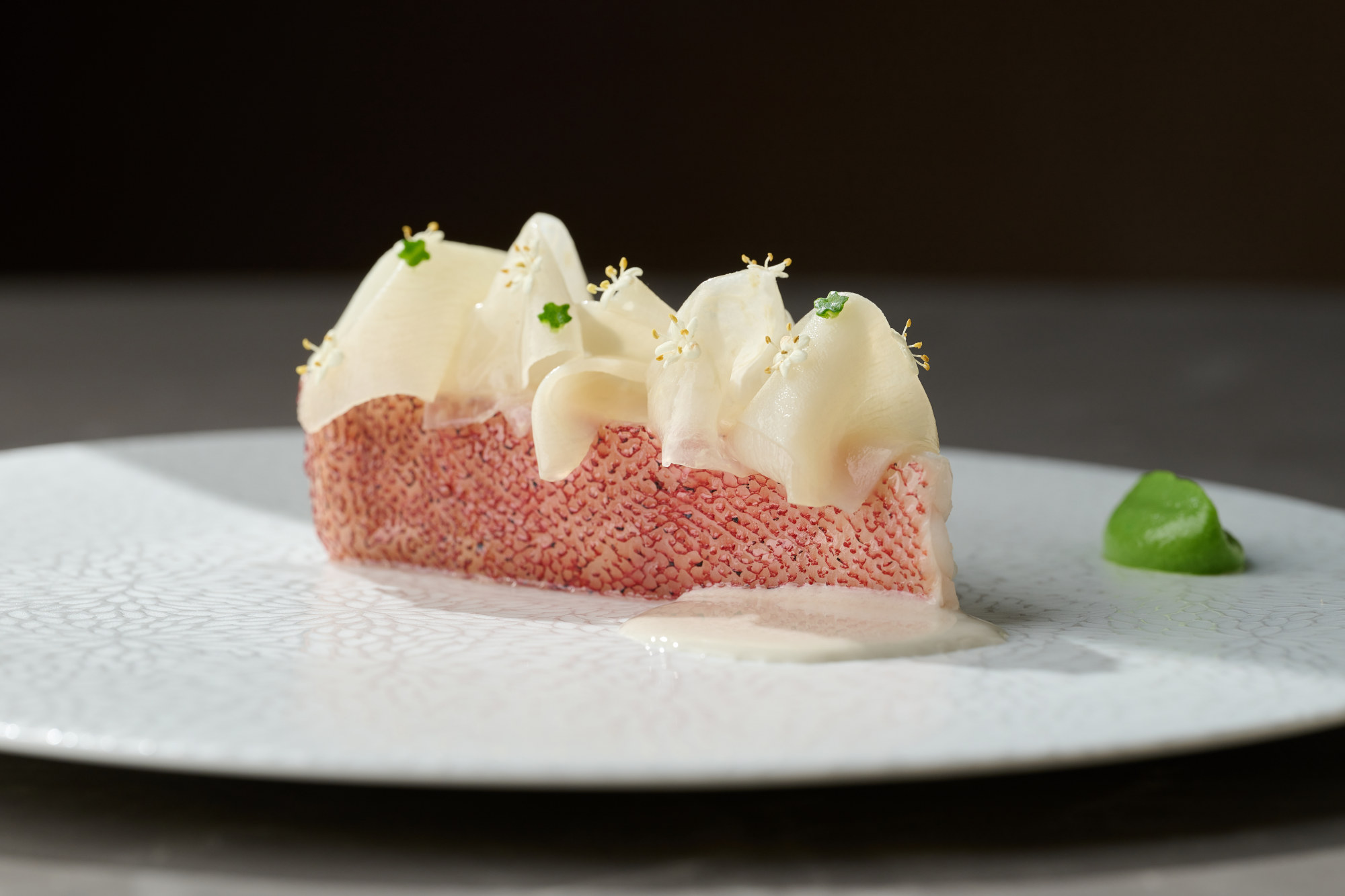
Profile | Restaurant with most Michelin stars for Singaporean food… is in Taiwan. Welcome to JL Studio
- Chef Jimmy Lim’s JL Studio in Taichung is making waves in the culinary scene for showcasing Singaporean flavours using the best produce that Taiwan has to offer
- Lim is also bringing lesser-known dishes to his table, ones that go beyond the usual hawker favourites – such as rasam vada, an Indian spiced tomato soup
Singapore has a global reputation for its hearty and affordable street food such as chicken rice, laksa (spicy soup noodles) and bak kut teh (pork rib broth).
But when Singaporean chef Jimmy Lim Tyan Yaw – whose father once ran a hawker stall – had the opportunity to open his own restaurant in Taiwan, he chose to showcase a different aspect of the Lion City’s culinary culture and create a fine-dining concept.
“At that time, there were no restaurants offering high-end Singaporean cuisine outside Singapore, so I decided to do it,” says the chef-founder of JL Studio, in the city of Taichung, which opened in 2017 and has held two Michelin stars since 2020.
His dishes feature fine Taiwanese produce cooked using the traditional techniques and flavours of Singaporean cuisine. For example, he riffs on the classic Hainanese chicken rice by substituting chicken with Taiwanese water bamboo or white asparagus.

This approach initially confused his diners.
“For the first year, guests were not sure what we were doing. There can be a stereotype that Singaporean cuisine is cheaper, so it required hard work to change that thinking,” he says.
Lim had previously worked at high-end restaurants The French Laundry in California, Per Se in New York, and Geranium and Noma in Copenhagen before moving to Taiwan in 2007, and has been based there ever since.
His time at JL Studio got off to a rocky start.
“I remember that my first menu featured full-blown authentic Singaporean flavours, but it turned out to be too spicy for the guests’ palates.”

That became the impetus for Lim to refine his concept. He took to incorporating a storytelling element to showcase different aspects of his home country’s culture on a plate.
“I would explain that because the weather is hot, spices are used to whet our appetites. By researching the origins of different dishes, I ended up learning more about Singapore while living abroad,” he says with a chuckle.
He also had to “relearn everything” he knew about both Singaporean and French cuisine.
“The cooking techniques and construction of dishes are so different so I had to find ways to incorporate them, and obviously there was no precedent so I had to do it myself,” he says.

In 2019, JL Studio received the One To Watch accolade on the Asia’s 50 Best Restaurants list. The following year, it made its debut at No 26 on the list and also earned two Michelin stars.
Lim believes that being based outside the city state, together with his culinary ethos of showcasing Taiwan’s agricultural produce, has motivated him to stretch his creativity in different ways.
“I push myself by thinking out of the box. I have to improvise my recipes because I am unable to get some authentic products like belachan [fermented shrimp paste]. Instead I take into consideration the ingredients in Taiwan and find ways to achieve the flavours I want,” he says.
For example, instead of using tamarind to make assam (sour) dishes, when star fruit is in season he ferments it and uses its natural sourness to create a similar flavour profile.
His culinary approach has also evolved over the years in terms of experimentation and pushing boundaries.
“In the first few years, I was more straightforward in deconstructing the dish and bringing it back in different forms. But now I am thinking about how we can evolve a dish, what would it look like in 50 years. How do I improve and take Singaporean cuisine to another level?” he says.
Wherever I go, if there is a chance for me to plant the Singapore flag, I will do it
Another boundary he is pushing is bringing lesser-known dishes to his table, ones that go beyond the usual hawker favourites – such as rasam vada, an Indian spiced tomato soup served with a lentil doughnut.
Lim’s version features a cold tomato consommé at the base, a rasam of thick local cherry tomato purée and water bamboo, and burrata made by a Taichung cheesemaker. Lentils are ground up and made into a tempura and the dish is topped with the foam of the rasam soup.
“There are a lot of textures to this flavour bomb,” he says.

Lim admits that what he craves the most in Taiwan is Malay and Indian food, which is scarce due to the lack of ingredients and spices.
This is why, when he returns to Singapore to visit family – or, most recently, to hold a four-hands collaboration with chef Louis Han of one-Michelin-star contemporary Korean restaurant Naeum – there are a few eateries he makes a beeline for.
The fish head curry at Banana Leaf Apolo is at the top of the list, he says. He also enjoys visiting zichar (Chinese food stall) establishments including JB Ah Meng for its crispy bee hoon (Singaporean noodles), and Keng Eng Kee Seafood for its signature moonlight hor fun (wide noodles) and claypot liver.
“I’ll have two bowls of rice with that please,” he says.
Lim, who also opened casual Singaporean eatery Chope Chope in Taipei, says that expanding his brand is on the cards. This includes potentially setting up a concept spot in Singapore – a true homecoming.
“I am open to opportunities, especially if there is something interesting and fun,” he says. “Wherever I go, if there is a chance for me to plant the Singapore flag, I will do it.”

